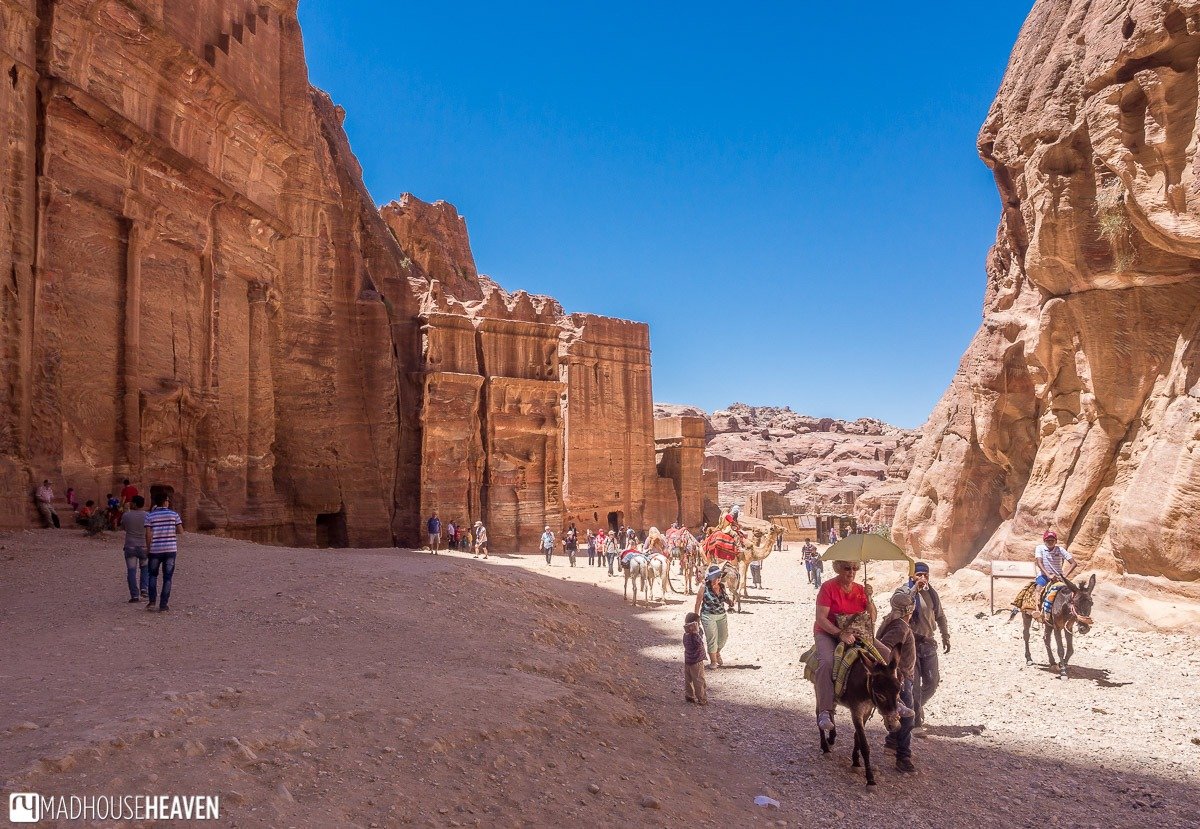The ancient city of Petra in Jordan, often called the “Rose City,” is a wonder of the world, renowned for its breathtaking rock-cut tombs and intricate architecture. Located in southern Jordan, this archaeological treasure was once the capital of the Nabataean Kingdom, serving as a major hub on ancient trade routes. While much of Petra’s beauty is well-documented, exciting discoveries have recently come to light, especially surrounding the mysterious Petra tombs. These finds reshape our understanding of the ancient Nabataeans and their burial practices.
Petra’s Tombs: A Window into Nabataean History
Petra is famous for its rock-carved tombs, which have fascinated travelers and archaeologists alike. These tombs were not merely burial sites but grand monuments reflecting the power and wealth of the Nabataean civilization. The most iconic tombs, like the Treasury (Al-Khazneh) and Monastery (Ad-Deir), are familiar to many. Still, recent excavations have revealed new tombs and burial chambers previously hidden from view.
Latest Discoveries in Petra’s Tombs
In the last few years, archaeologists have made several groundbreaking discoveries in Petra, unearthing previously unknown tombs and revealing new insights into the city’s ancient past. One of the most significant recent finds includes a collection of royal tombs buried beneath layers of rock and sand. These newly discovered tombs date back to the 1st century AD, Petra’s golden age, and are believed to belong to Nabataean royalty.
Inside these tombs, researchers uncovered artifacts like pottery, jewelry, and inscriptions that offer new information about Petra’s rulers and their influence. These discoveries add fresh layers to our understanding of Nabataean society, suggesting that the tombs served not only as burial sites but also as symbols of political power and wealth.
Unique Tomb Architecture
One fascinating aspect of the latest discoveries is the diversity of tomb architecture. While many visitors are familiar with Petra’s grand facades, such as the Treasury and Monastery, recent findings have revealed a variety of lesser-known tomb styles. These more modest tombs display intricate carvings and designs that indicate the presence of different social classes within Nabataean society. This new evidence points to a complex urban society where not only the elite but also merchants and other influential figures had significant burial sites.
What These Discoveries Reveal About Petra’s History
These latest discoveries provide new insights into the Nabataean culture. The uncovered inscriptions could offer key details about previously unknown rulers or significant historical events. As more tombs are explored, archaeologists believe they might find additional artifacts that further illuminate the daily lives and customs of the Nabataeans.
Additionally, the architectural diversity of the tombs indicates a blending of Hellenistic, Roman, and Egyptian influences, which is unsurprising given Petra’s strategic location on major trade routes. The Nabataeans were skilled traders, and Petra was a melting pot of cultures, as reflected in their sophisticated tomb designs.
The Importance of Preserving Petra’s Tombs
With each new discovery, Petra’s tombs become even more critical to understanding the broader history of the ancient world. As a UNESCO World Heritage Site, Petra not only represents the legacy of the Nabataean civilization but also highlights the importance of protecting and preserving archaeological sites for future generations.
New technologies like ground-penetrating radar and drone surveys are helping archaeologists pinpoint potential excavation sites, which means more discoveries could be on the horizon. With the ongoing exploration of Petra’s tombs, we can expect even more revelations about this ancient wonder.
Why Petra’s Tombs Continue to Captivate the World
Petra’s tombs offer more than just a glimpse into the past—they serve as a powerful reminder of the ingenuity and artistic achievements of the Nabataean people. The latest discoveries in Petra continue to captivate archaeologists and visitors alike, drawing thousands of tourists each year who are eager to explore its monumental tombs and hidden treasures.
As new excavations unfold, Petra’s tombs will continue to play a central role in shaping our understanding of the ancient world. These discoveries are vital not only to Jordan’s cultural heritage but also to the global appreciation of Petra as one of the most awe-inspiring archaeological sites on the planet.
Conclusion
The latest discoveries in Petra’s tombs are reshaping how we understand the ancient Nabataeans and their magnificent city. With new tombs, artifacts, and architectural styles being uncovered, Petra’s rich history continues to evolve. These discoveries remind us of the importance of preserving ancient sites like Petra, ensuring that future generations can learn from and marvel at these incredible archaeological treasures.
For anyone interested in Petra, Jordan’s tombs, and the latest archaeological news, there has never been a more exciting time to explore the ongoing work in this extraordinary city.


















